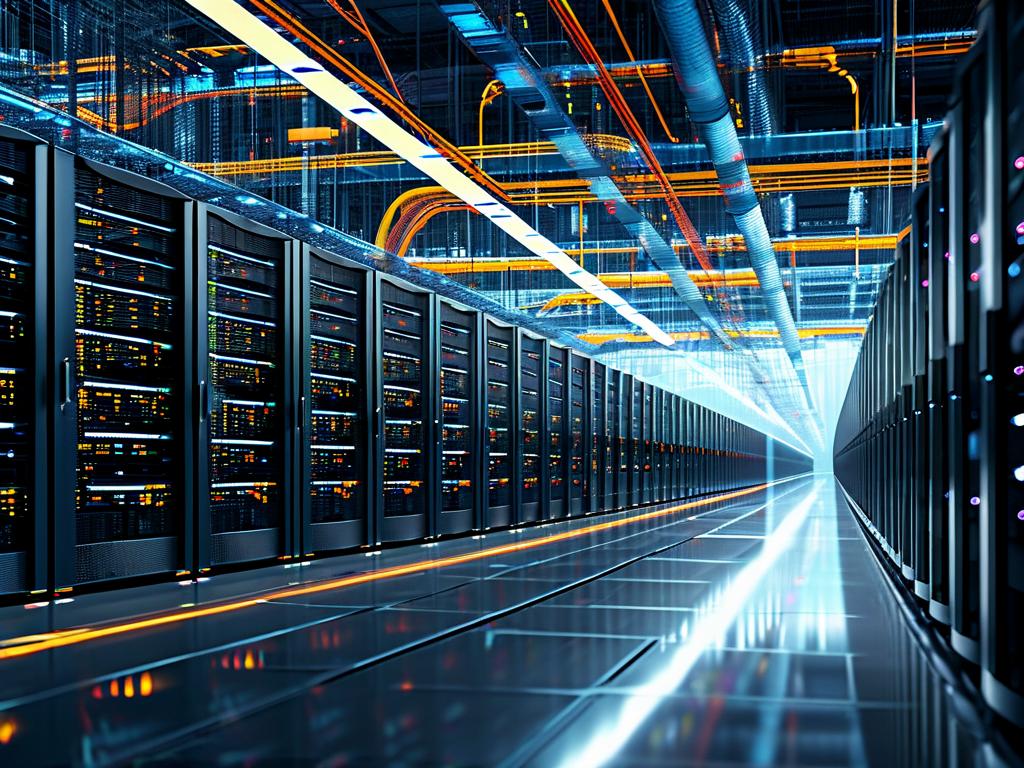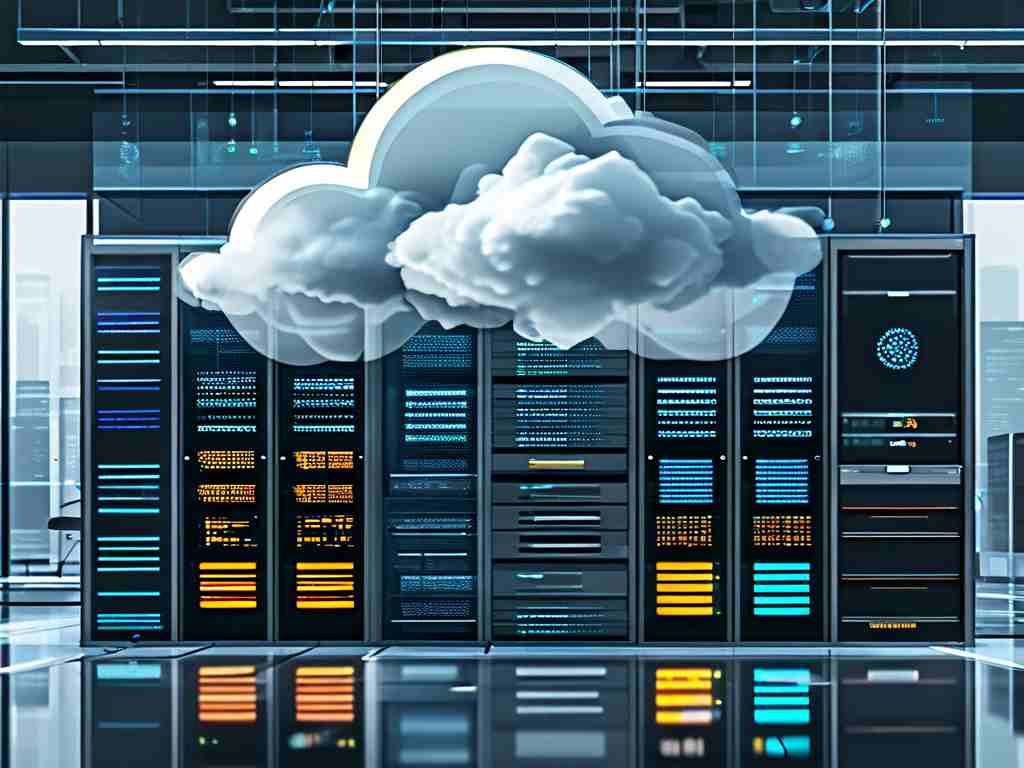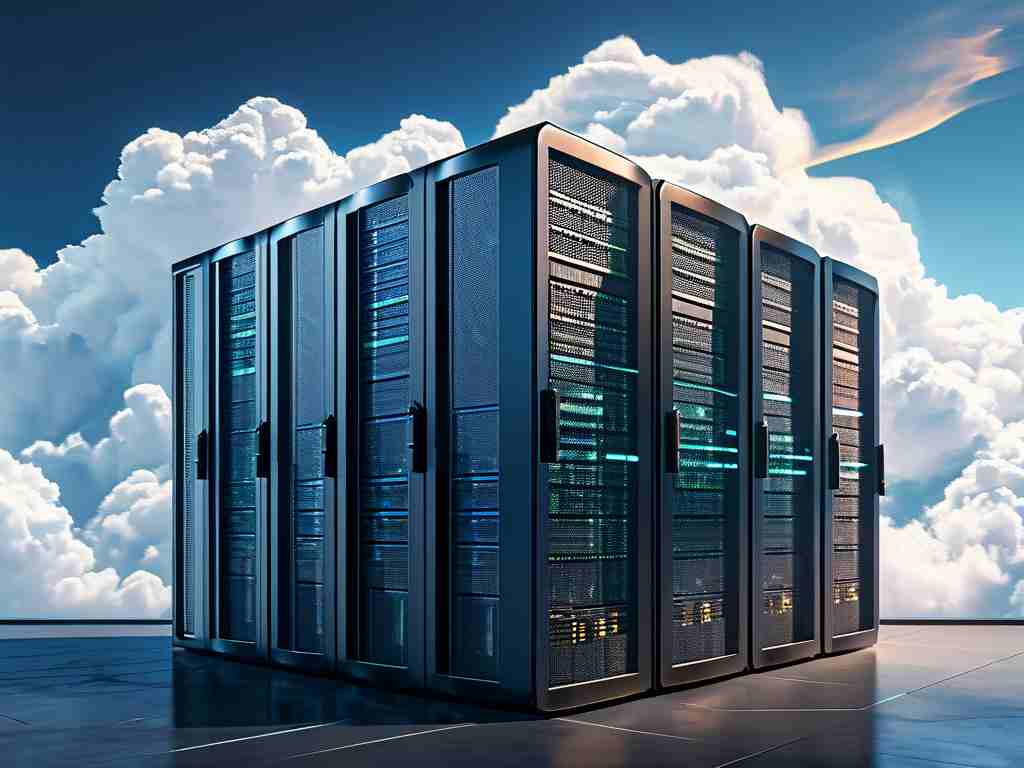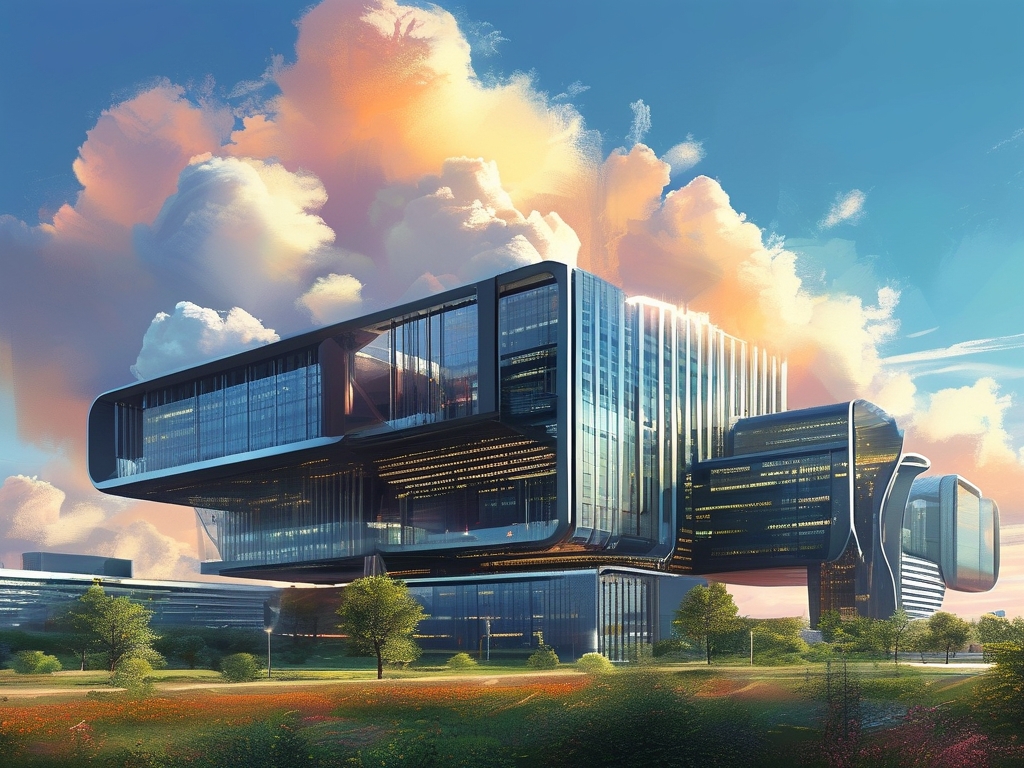In the era of big data and real-time analytics, the fusion of cloud-based architecture and distributed computing has emerged as a cornerstone of modern technological innovation. This synergy addresses the growing demand for scalable, efficient, and cost-effective solutions to process vast amounts of data across industries. From streaming platforms to AI-driven applications, the marriage of these two paradigms is reshaping how organizations approach computational challenges.

1. The Foundations of Cloud Architecture
Cloud architecture refers to the design of systems that leverage remote servers hosted on the internet to store, manage, and process data. Unlike traditional on-premises infrastructure, cloud environments offer elastic scalability, resource pooling, and pay-as-you-go pricing models. Key components include:
- Virtualization: Enables multiple virtual machines (VMs) or containers to run on a single physical server, optimizing hardware utilization.
- Microservices: Decouples applications into smaller, independently deployable services, enhancing agility.
- Global Availability: Cloud providers like AWS, Azure, and Google Cloud operate data centers worldwide, ensuring low-latency access.
These features make cloud architecture ideal for hosting distributed systems, which require dynamic resource allocation and fault tolerance.
2. Distributed Computing: Breaking Down Complexity
Distributed computing involves splitting computational tasks across multiple nodes (servers or devices) to achieve parallelism and redundancy. Its core principles include:
- Task Partitioning: Dividing large workloads (e.g., data analysis) into smaller sub-tasks.
- Fault Tolerance: Systems continue functioning even if individual nodes fail.
- Consensus Algorithms: Protocols like Paxos or Raft ensure nodes agree on shared states.
Technologies such as Apache Hadoop (for batch processing) and Apache Kafka (for real-time streaming) exemplify distributed computing frameworks. When deployed on cloud infrastructure, these systems gain access to virtually unlimited resources, enabling them to scale horizontally as demand fluctuates.
3. Synergy Between Cloud and Distributed Systems
Combining cloud architecture with distributed computing unlocks transformative benefits:
A. Elastic Scalability
Cloud platforms allow organizations to auto-scale resources based on workload demands. For instance, a retail company might expand its server fleet during holiday sales to handle traffic spikes, then shrink it afterward to cut costs. Tools like Kubernetes orchestrate containerized applications across clusters, ensuring seamless scaling.
B. Cost Efficiency
Pay-per-use models eliminate the need for upfront hardware investments. Startups can deploy distributed machine learning models on cloud GPUs without maintaining physical servers. Additionally, serverless computing (e.g., AWS Lambda) charges users only for execution time, reducing idle resource expenses.
C. Global Collaboration
Distributed teams can collaborate in real time using cloud-native tools. For example, a multinational firm might use Google BigQuery to analyze datasets stored across regions, while engineers in different time zones contribute to the same codebase via GitHub.
D. Enhanced Resilience
Cloud providers offer built-in redundancy through multi-zone deployments. If one data center fails, traffic reroutes to operational zones. Netflix’s Chaos Monkey tool intentionally disrupts servers to test system resilience—a practice feasible only in cloud environments.
4. Real-World Applications
- Big Data Analytics: Platforms like Snowflake and Databricks use distributed SQL engines to query petabytes of data stored in cloud warehouses.
- AI/ML Training: Training deep learning models requires massive parallelization. Cloud GPUs and TPUs accelerate this process, as seen in OpenAI’s GPT-4 development.
- IoT Networks: Distributed edge computing processes sensor data locally before transmitting insights to the cloud, reducing latency.
5. Challenges and Mitigations
Despite its advantages, this fusion faces hurdles:
- Security Risks: Multi-tenant clouds raise concerns about data breaches. Solutions include encryption (e.g., TLS for data in transit) and zero-trust architectures.
- Network Latency: Geographically dispersed nodes may introduce delays. Content Delivery Networks (CDNs) and edge computing mitigate this.
- Complexity: Managing hybrid (cloud + on-prem) systems requires advanced DevOps skills. Infrastructure-as-Code (IaC) tools like Terraform automate deployments.
6. The Future: Edge Computing and Beyond
The next frontier lies in edge computing, where computation occurs closer to data sources (e.g., smartphones or IoT devices). This reduces reliance on centralized clouds and aligns with 5G advancements. Meanwhile, innovations like quantum computing and AI-driven resource optimization promise to further revolutionize distributed systems.
Cloud architecture and distributed computing are not just complementary—they are interdependent. As businesses grapple with exponential data growth and the need for real-time decision-making, this combination will remain pivotal. By embracing these technologies, organizations can build agile, future-proof systems that drive innovation at scale.









